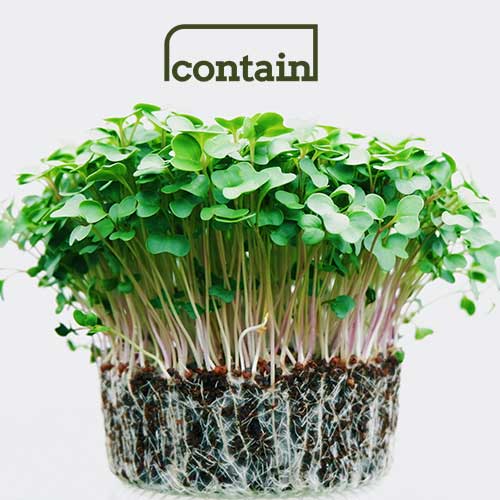September 12, 2024
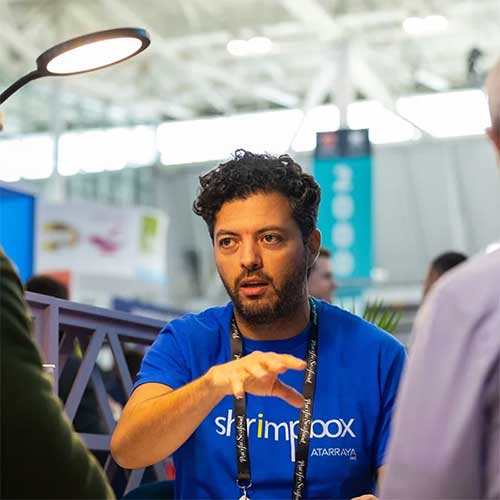
Indoor shrimp farming presents unique challenges and opportunities, especially as demand for sustainable and locally produced seafood grows in the United States. Atarraya, a Mexican company specializing in indoor shrimp farming in the US, has taken a unique approach to overcome these challenges and establish a foothold in the U.S. market. In a recent interview with Contain, Atarraya’s CEO, Daniel Russek, shared insights into the company’s technology, operations, and future expansion plans.
The Need for Indoor Shrimp Farming in the U.S.
The U.S. is heavily reliant on imported shrimp, with approximately 95% of its shrimp supply coming from abroad (NOAA, 2023). The U.S. shrimp market is substantial and growing. Americans consume over 1.5 billion pounds of shrimp annually, making it the most popular seafood in the country (Statista, 2023). This dependence on imports poses several challenges, including supply chain disruptions, concerns over seafood quality, and environmental impacts. Traditional shrimp farming practices in countries like Ecuador and Thailand are often associated with severe environmental degradation, including mangrove deforestation and water pollution. Additionally, these farms often rely on antibiotics and preservatives, leading to health concerns for consumers.
Acknowledging Past Challenges in U.S. Shrimp Farming
Indoor shrimp farming offers a solution to these issues. However, the history of shrimp farming in the U.S. has been challenging, with several closures. These farms faced difficulties such as high operational costs, disease outbreaks, and technological failures that led to unsustainable business models. By producing shrimp locally, indoor farms can reduce transportation emissions, provide fresher products, and eliminate the need for harmful chemicals. Moreover, local production supports food security and creates economic opportunities in underserved areas. Atarraya has recognized these needs and is addressing them through both its technology and business model.
Atarraya’s Innovative Approach to Shrimp Farming
Traditional aquaculture methods depend on large-scale water exchanges to manage waste and water quality. Atarraya instead utilizes a biotechnological approach called biofloc technology. This method leverages microbial communities to maintain water quality within the shrimp tanks. It reduces the need for continuous water exchange and minimizing environmental impact.
Russek explained that traditional recirculating aquaculture systems (RAS) often fail because they require complex engineering and are susceptible to system-wide failures if any component malfunctions. Some approaches require considerable capital investment. In contrast, Atarraya’s biofloc-based system is designed to maintain a stable ecosystem within each tank, reducing risk and enhancing sustainability. The system promotes nitrogen management within the tanks, where microbial communities process waste into fertilizer. This further contributes to sustainability by producing a secondary product useful in agriculture.
Atarraya’s technology is designed to be not only innovative but also highly scalable. The company has developed a modular system called “Shrimpbox,”. They says this allows them to rapidly deploy new farms with reduced construction time and cost. The approach contrasts sharply with other indoor shrimp farms that often take years to build and are prone to going over budget. Atarraya says its farms can be operational within months. Their Indianapolis facility began operations just two months after securing the lease.
Current Operations and Expansion Plans
Atarraya currently operates a facility in Indianapolis, Indiana, where they have successfully demonstrated the viability of their technology and business model. The Indianapolis farm, which consists of 40 tanks, is already showing promising results. It has a consistent harvest schedule and growing demand from local and regional markets. Each tank produces approximately 25 pounds of shrimp biomass per week.
Building on their success in Indiana, Atarraya is now expanding into New York. The company plans to establish a new facility in New York City by the end of the year. This expansion is part of Atarraya’s broader strategy to establish a presence in major U.S. markets. It expects the New York facility to start operations in December. Atarraya aims to reach full production capacity shortly after. Rapid expansion is made possible by the company’s modular approach and their ability to control all aspects of the farm’s construction and operation internally. It is targeting 100 tanks at the facility, though says it has demand for 150.
Funding and Future Growth at Atarraya
Atarraya says its growth has been supported by a mix of angel investors, primarily from the tech sector. The company recently extended its Series A funding round. It is currently raising an additional $2.5 million to support its expansion plans. Russek mentioned that while the company is focusing on existing investors for this round, they are open to new partnerships to accelerate their growth.
Looking ahead, Atarraya plans to transition to an asset-light model. This would involve partnering with local operators to set up new farms using their technology. This model could significantly reduce capital expenditure and allow for faster scaling. Atarraya is also in discussions with the USDA to develop financing programs for new farmers interested in entering the shrimp farming industry.
Conclusion
Atarraya’s approach to indoor shrimp farming addresses critical challenges in the seafood industry, from sustainability to local production and scalability. Their use of biofloc technology and modular farming systems sets them apart from traditional aquaculture methods. By leveraging their unique technology, strategic partnerships, and a clear focus on sustainability, Atarraya aims to pave the way for a more sustainable future in aquaculture.
Disclaimer
The information provided on this blog is for general informational purposes only. It is not intended to be a comprehensive analysis of the securities, markets, or developments referred to. While we strive to ensure the accuracy and reliability of the information, the content of this blog does not constitute financial advice, investment advice, trading advice, or any other advice. You should not treat any of the blog’s content as such.
We do not recommend that any securities listed or discussed be bought, sold, or held by you. Nothing on this blog should be taken as an offer to buy, sell, or hold securities. Please conduct your own due diligence and consult with a qualified financial advisor before making any investment decisions.
Forward-looking statements made in this blog are only predictions and are subject to risks, uncertainties, and assumptions that are difficult to predict. Therefore, actual results may differ materially from those expressed in forward-looking statements. We expressly disclaim any obligation to update or alter statements whether as a result of new information, future events or otherwise, except as required by law.

August Indoor Ag Update: M&A Galore & Indoor Specialty Crops Funding
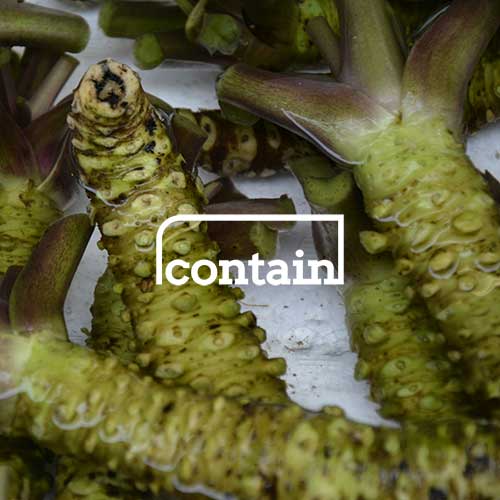
July Indoor Ag Update: Acquisitions Accelerate & Funding Returns
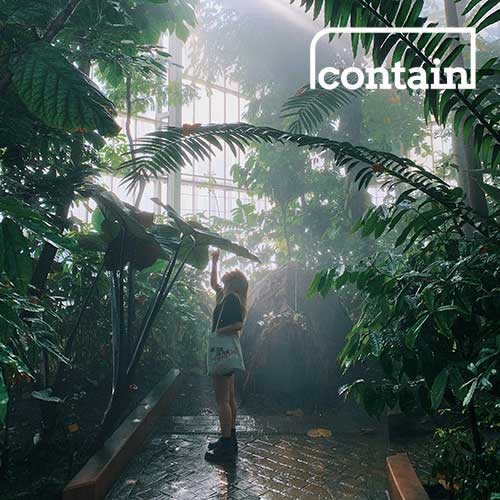
Five Farms Making a Go of Indoor Agriculture

Dyson’s 250% Yield Breakthrough Headlines June AgTech: Vertical Farming Advances, M&A Activity, and Industry Setbacks

Indoor Agriculture Pivots to Home Gardens as Vertical Farming Failures Drive Strategic Reevaluation
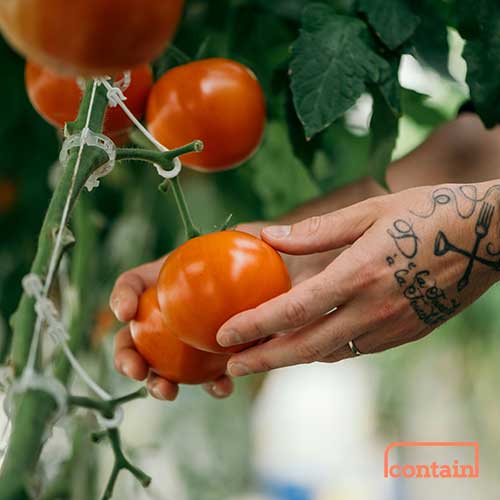
Zordi Series B and May 2025 Indoor Agriculture Developments
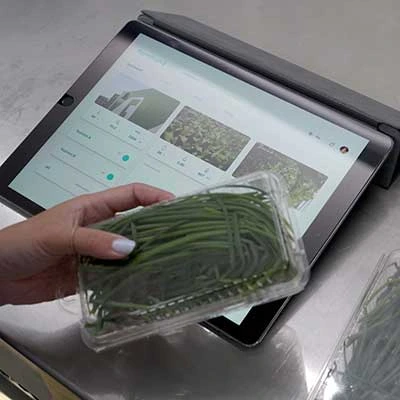
Freight Farms Bankruptcy and iUNU’s $20M Raise Highlight April’s Indoor Ag Contrasts
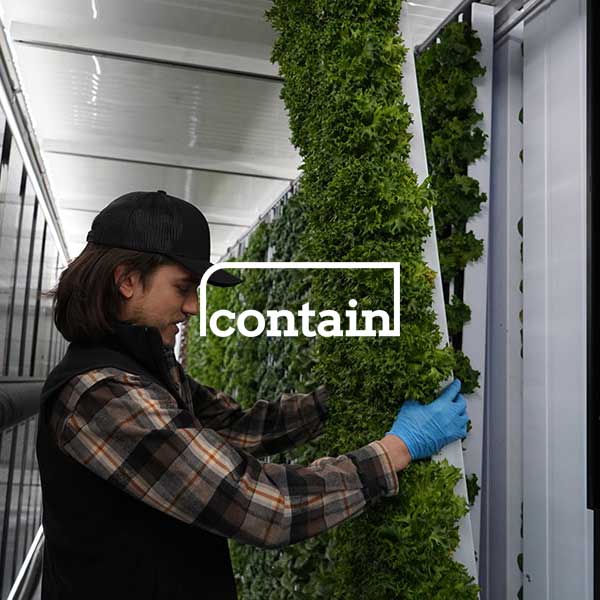
Freight Farms Resources: Indoor Ag Companies Stepping Up to Support Freight Farmers

How to Finance Your Hydroponic Project in 2025: Finding Opportunity in a Shifting Market
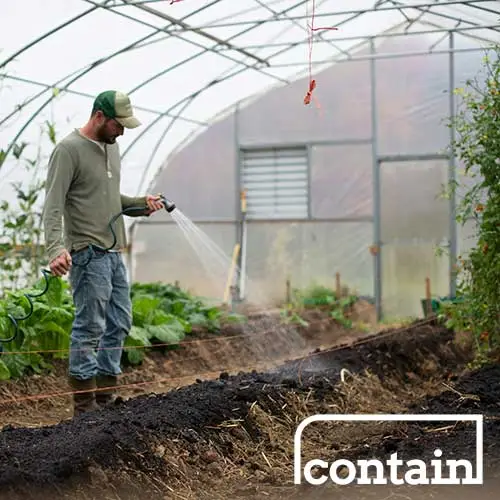
Indoor Ag’s New Reality: Practical Advice from Investment Banker Adam Bergman
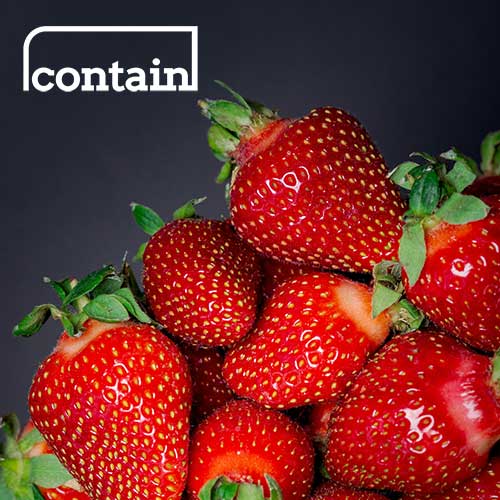
Plenty Unlimited bankruptcy dominates March’s indoor ag news, overshadowing new farm plans
